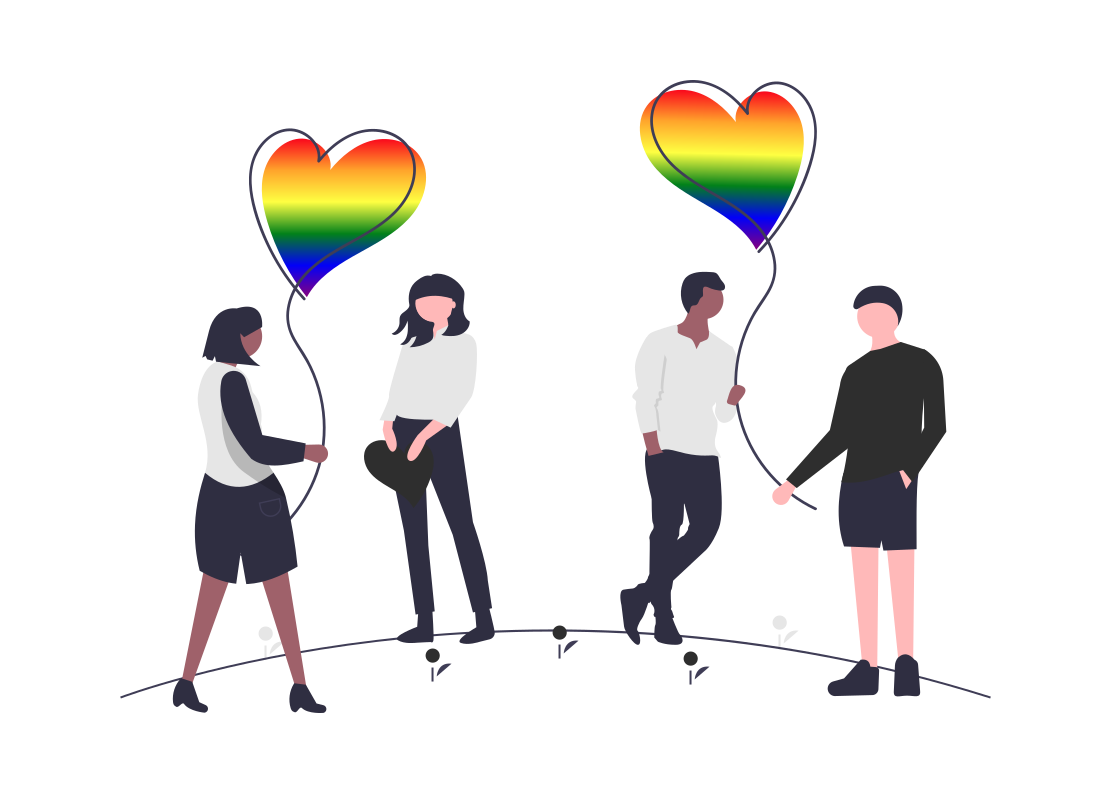17 June 2022

Inclusive packaging is more than a marketing fad to improve the image of brands. It’s estimated that worldwide there are just over 1 billion people who are differently abled, (that’s approximately 15% of the population) with $1 trillion in spending power. And by 2030 it’s estimated that the amount of people over the age of 65 will be 5.6 billion – this group of people will have an estimated buying power of $15 trillion. That’s a lot of economic benefits if your company embraces more inclusive packaging for your products. But consumers are savvy, and doing this as tokenism won’t get the same reaction as wholeheartedly believing that having inclusive packaging is the right move ethically. 32% of consumers have not returned to a brand due to difficulty opening the packaging.
Lots of brands emerging from the pandemic in recent years have taken action on the conversations consumers are having – putting sustainability, inclusivity, accessibility and ethical production at the front of their brand’s ‘why’. To help amplify this, consumers are moving towards smaller, independent businesses whose ethics align with theirs; where they can interact with the people behind the brand, understand the story and feel part of a community.
The table below from the US census should give a good idea of the types of disabilities that could impact your customer’s relationship with your products or services. If you sell products in packaging it could be that the packaging isn’t appropriate for individuals who have mobility restrictions, or visual restrictions. The way to overcome this is to understand that your customer base is larger and more diverse than a standard product design – and if you care about your customers you should be open to diversifying the options available to them. It’s not a case of complicating your business, it’s about making the lives of your customers easier and catering to their needs.
For example McDonalds EatQual packaging allows customers to unwrap and eat their burgers with one hand – the packaging is simple, uncomplicated and accessible. But McDonalds have been making their brand inclusive and accessible for everyone since day one – with the introduction of the children’s portion of their adult meals that they named Happy Meals. In one of their hiring adverts they famously said they didn’t hire, ‘Turks, Greeks, Poles, Indians, Ethiopians, Vietnamese, Chinese or Peruvians.’ and in the small print: Nor Swedes, South Koreans or Norwegians. We hire individuals. For an internationally recognised brand, McDonalds have smashed inclusivity in more ways than one – not because they have to but because they want to. Because it suits their brand’s ethics and affects their customer base.
Legally it’s necessary by the European Commission for medical packaging to have braille on it – however consumer packaging is not required to include this. But companies are gradually beginning to make moves to create inclusive packaging that improves the experience of all customers. One such company who have taken major leaps since their announcement in 2021 on October 11th (World Sight Day) is Herbal Essences – this haircare brand have announced that they are going to be including raised elements at the bottom of their shampoo and conditioner which will help customers who are visually impaired to identify for themselves which product is which. The design is also friendly for consumers who don’t understand braille, or English, or have blurred vision when in the shower due to being unable to wear glasses or contact lenses – the shampoo packaging has lines imprinted below the label on the back while the conditioner packaging has raised dots. It was the brainchild of designer Sam Latif – herself a member of the community – who understands how important it is that large, influential brands move towards greater accessibility for all of their customers to help make changes within the sectors.
In 2019 Always removed the Venus symbol from their packaging so as to be more inclusive to non-binary and transgender individuals. Inclusive packaging isn’t just about how easy or not your packaging is to undo, it’s also about who you are isolating with symbols, imagery, slogans or even the colors of your packaging. The inclusive packaging movement is divisive but it’s also highlighting issues that have been around for decades and are affecting the customer retention of businesses, which in turn affects their sales.
Making inclusive packaging a priority on your business’ to-do list isn’t just about appeasing woke headlines and playing ball for political reasons, it goes deeper than that. Inclusive packaging shows your customers – usually the ones that aren’t even obvious to you – that you care, that you are about your customers, that it isn’t just a product to you and you want to make sure that the experience which they have is a positive one. When you think about it, inclusive packaging is just a smart business move that will increase your customer retention and help you to better understand your brand’s audience. Do you want the statistics to back this up? Here are a few to show you that diversity and inclusion aren’t just a minority concern and not acting will affect your bottom line:
From primary to secondary packaging, BPAK is here to help you find inclusive solutions for all your packaging needs. From material options to design tweaks, we’re here to ensure that your customers love your product packaging as much as you do – and with ahead-of-the-curve market research you can rest easy knowing that we are giving you the best in each part of the services we offer.